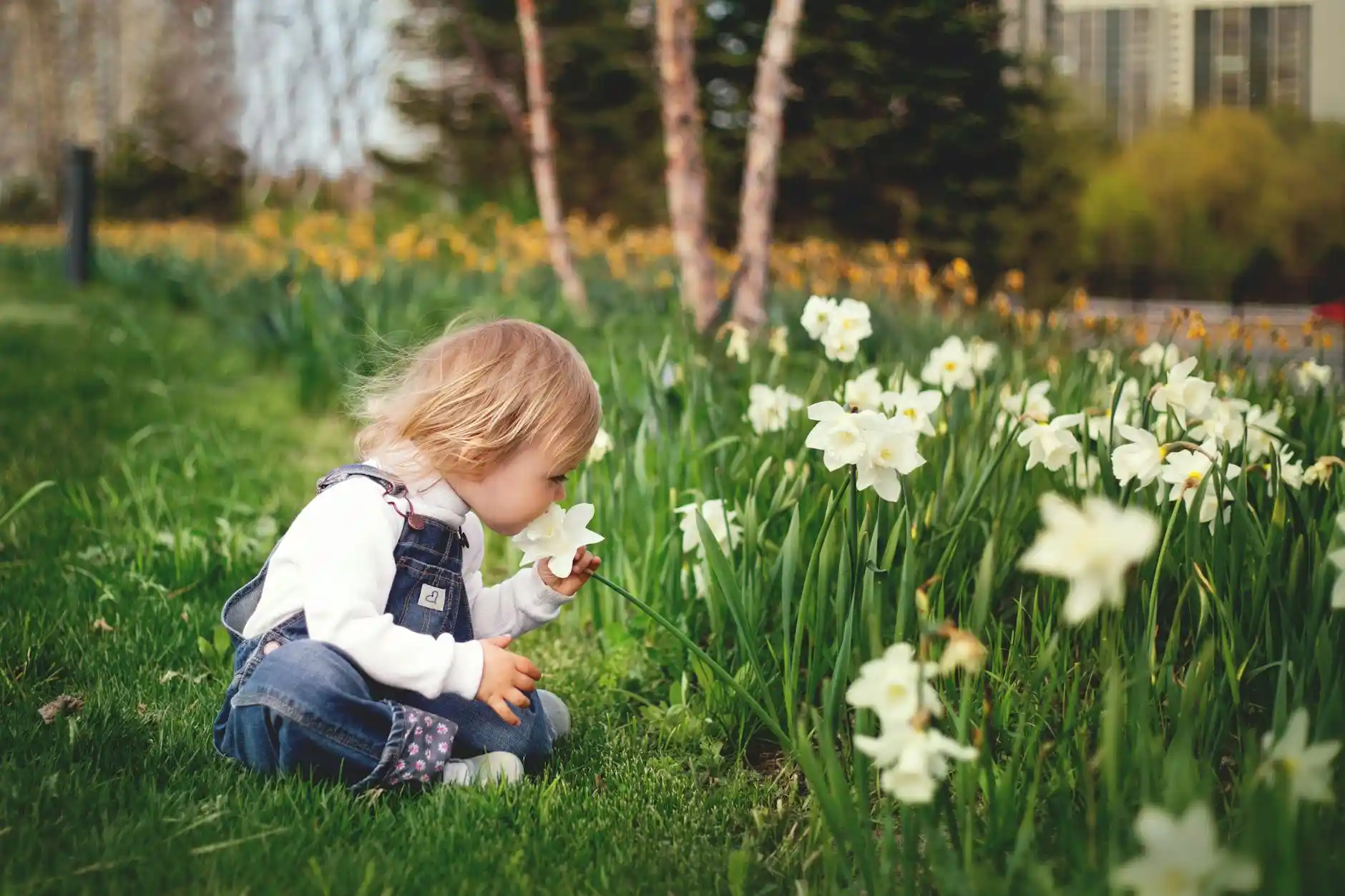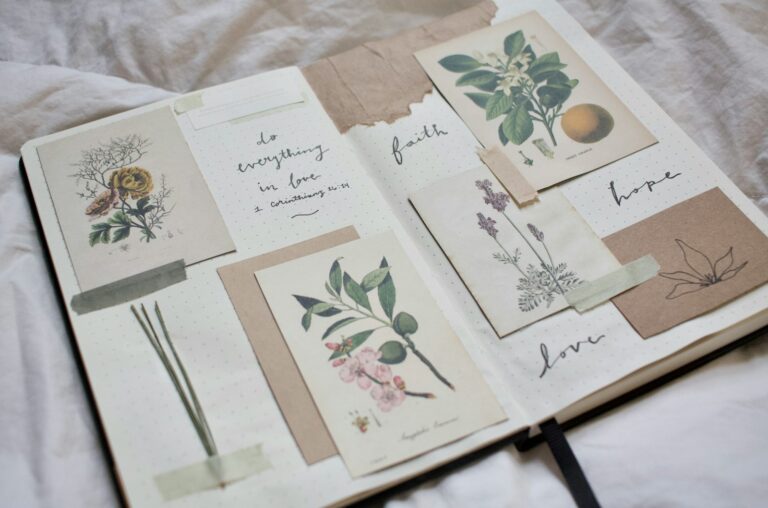How to Involve Kids in Gardening and Make It Fun with Easy Activities and Tips
Getting your kids involved in gardening can be a fun and rewarding way to spend time together outdoors. The key to making gardening enjoyable for kids is to keep activities simple, hands-on, and tailored to their interests, giving them small responsibilities like watering, planting, or watching seeds grow. This approach helps them feel proud and connected to their little green projects.
You can make gardening even more exciting by choosing easy-to-grow plants and incorporating creative activities like using recycled materials for seed starters or sprouting vegetables from scraps. Adding playful elements such as bubbles, catching games, or colorful crafts can turn your garden space into a lively place where learning feels like play.
Getting Kids Excited About Gardening
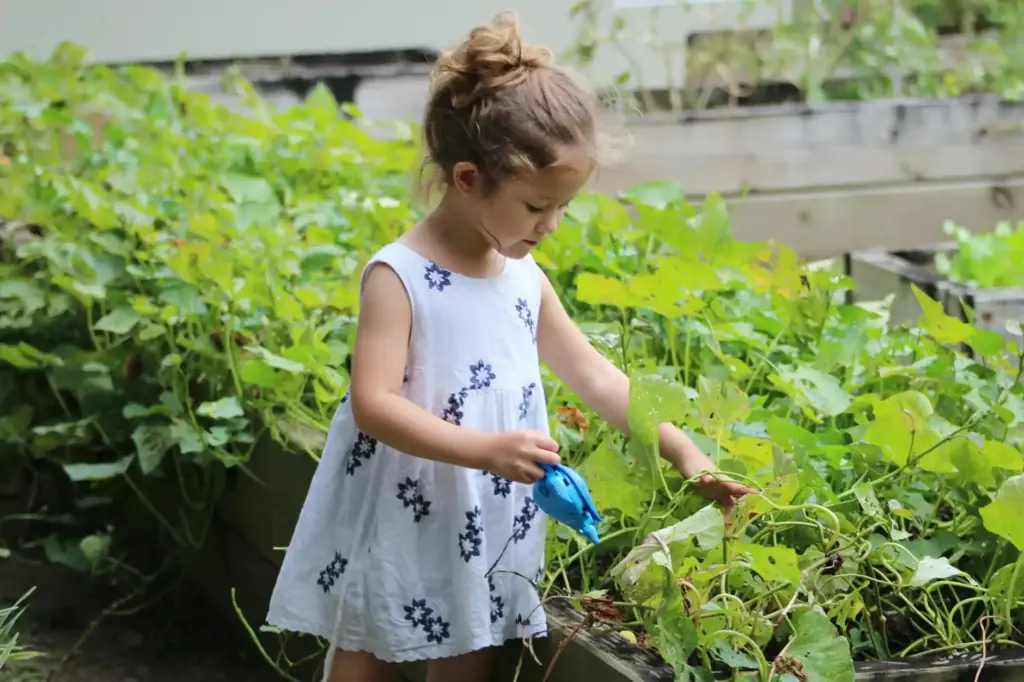
Creating a fun and engaging gardening experience is easier when you pay attention to where you garden, what plants you grow, and the tools you use. These factors help make the activity interactive and personal for your kids.
Choosing the Right Garden Location Together

Let your child help pick the garden spot. Kids feel ownership when they are involved in the decision. Look for a sunny area that’s safe and easy to access.
Consider places where kids can reach the plants easily without too much bending or stretching. A raised bed or container garden at their height can work well.
Talk about why sunlight and water availability matter so they learn basic gardening principles. This also makes them more eager to care for the space they helped choose.
Letting Kids Pick Their Own Plants
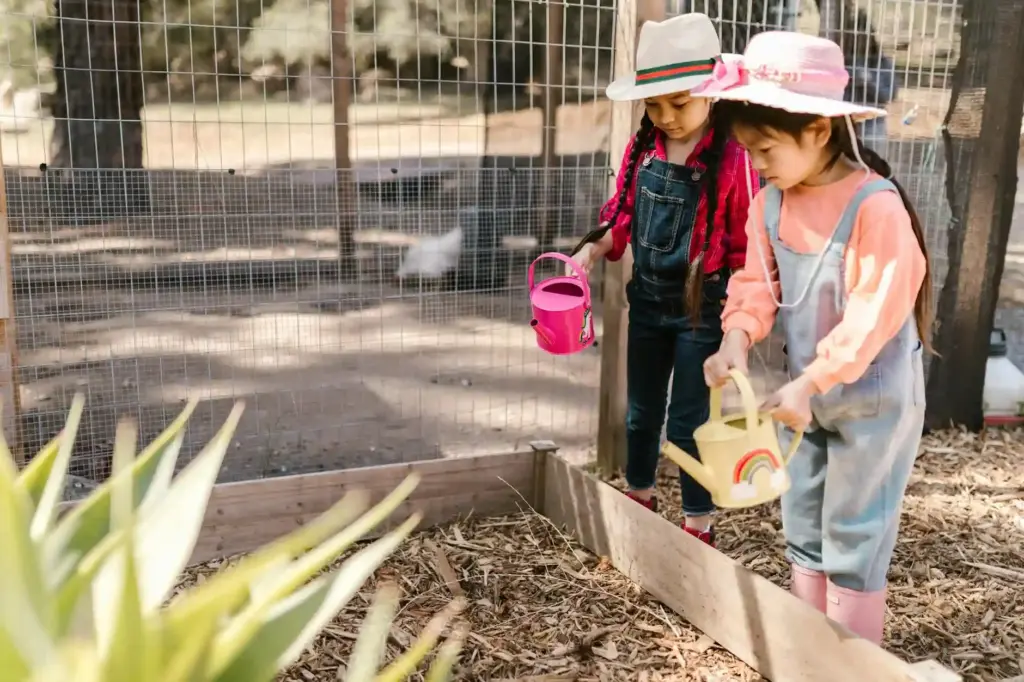
Give your kids a chance to choose what they want to grow. Offer options like cherry tomatoes, sunflowers, or snap peas, which usually grow quickly and are fun to harvest.
Encourage them to pick plants that interest them visually or through taste. This personal choice increases their excitement and willingness to care for the plants.
You can turn it into a fun shopping trip or a seed catalog browsing session. Make a list together, so they feel responsible for “their” garden’s success.
Using Colorful Tools and Supplies
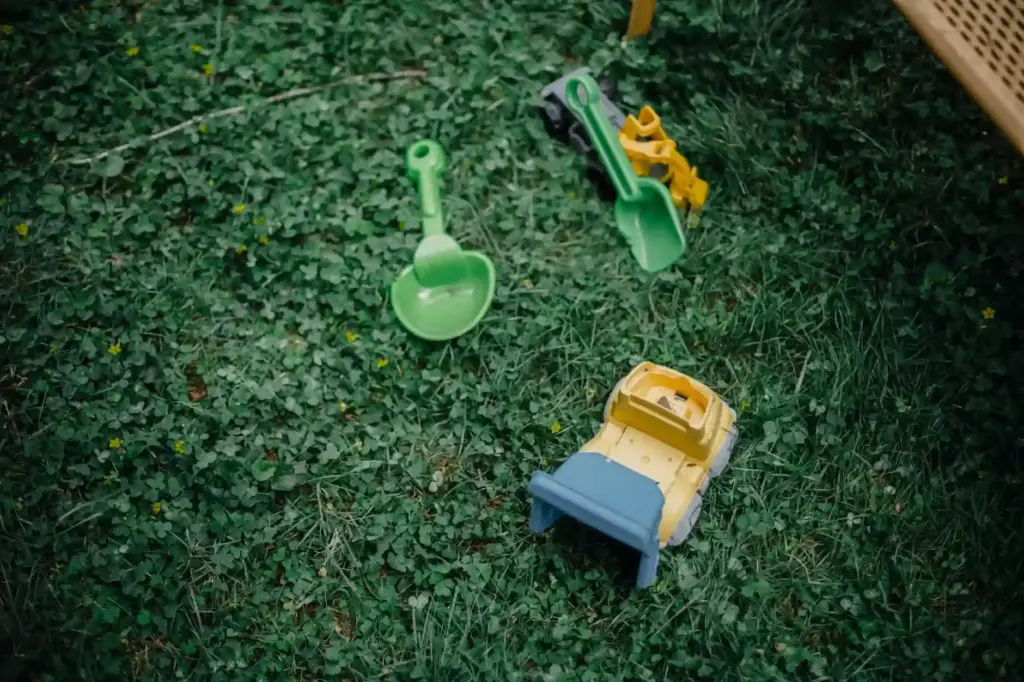
Buy kid-friendly tools in bright colors and smaller sizes made for little hands. These tools are easier to use and help kids feel like real gardeners.
Include fun pots, watering cans, and gloves that match their personalities. You can even label their tools with their names to add a sense of ownership.
Having special supplies keeps the gardening process playful. It also encourages their independence and pride as they manage their gear.
Making Gardening Activities Fun and Educational

You can make gardening exciting by turning tasks into interactive games, letting your kids express their creativity, and showing them how plants connect to science. These approaches keep kids engaged and help them learn naturally while they explore the garden.
Turning Planting Into Games
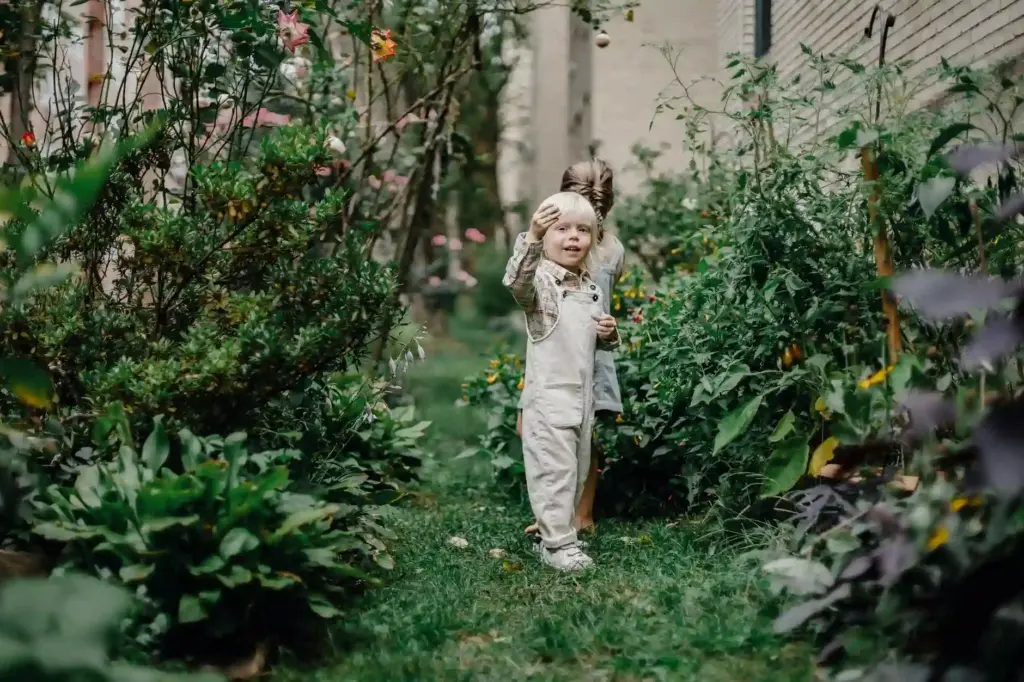
Make planting a fun challenge by creating simple games like seed treasure hunts. Hide seeds around the garden or in a sandbox, then have your kids find and plant them. This adds an element of discovery to planting.
You can also race to see who waters the plants fastest or sort seeds by size, color, or shape before planting. These activities build fine motor skills and keep little hands busy.
Label plants with colorful markers and have kids match plants to the labels. This helps them recognize different species in a playful way. Games make planting less like a chore and more like an adventure.
Incorporating Creative Art Projects

Encourage kids to decorate pots or make garden markers using craft supplies. Painting rocks to use as plant labels or creating wind chimes from recycled materials adds an artistic touch.
You can also make sun catchers or nature collages with leaves and flowers collected during gardening. These projects combine creativity with garden learning.
Art projects give kids ownership of their space. When they see their handiwork in the garden, they feel proud and become more invested in caring for the plants.
Teaching Science Through Hands-On Experiences

Show kids how plants grow by tracking seed germination in clear containers. Let them observe roots and shoots over time, helping them understand plant biology.
Soil experiments, like comparing how different soils retain water or support plant growth, turn scientific concepts into simple activities. They learn what plants need to thrive.
You can also explore beneficial insects by identifying and counting pollinators or pest predators. This hands-on learning helps kids appreciate ecosystems while sparking curiosity.
Age-Appropriate Gardening Tasks for Kids
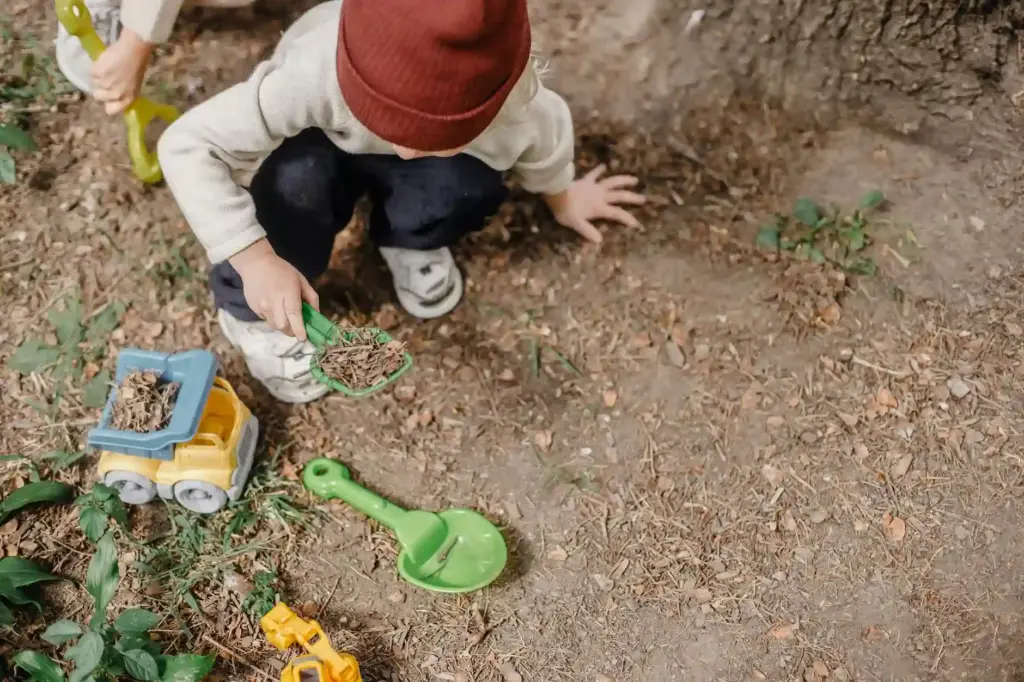
Giving kids tasks that match their abilities helps keep them interested and boosts their confidence. You can focus on simple actions for younger children, more complex activities for older kids, and responsibilities that teach care and routine.
Simple Tasks for Young Children

Young children enjoy hands-on tasks that involve their senses. Let them pick out seeds or flowers and help with watering plants using small, easy-to-handle containers.
Activities like digging small holes or placing seeds in the soil give them a sense of accomplishment without overwhelming them. You can also create a mud play area where they can explore textures safely.
Using bright, clearly labeled tools and bowls can make tasks easier for kids under five. Be sure to supervise closely and keep activities short to maintain their attention span.
Engaging Activities for Older Kids
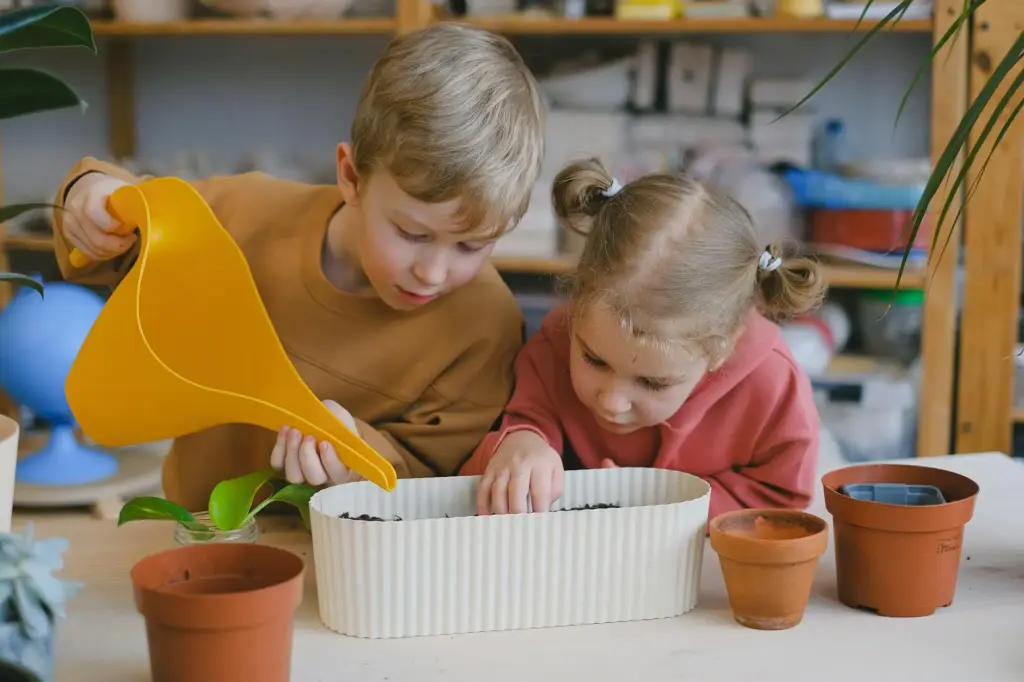
Older kids can handle projects that require more precision and planning. Try gardening crafts like building fairy gardens or creating seed starters from toilet paper tubes. These tasks engage creativity and fine motor skills.
You might also introduce activities such as regrowing vegetables from scraps or keeping a garden journal to track plant growth. These teach observation and scientific thinking.
Involving them in choosing which plants to grow or designing garden layouts gives them ownership, encouraging deeper involvement.
Encouraging Responsibility With Garden Jobs

Assigning ongoing responsibilities helps kids feel accountable and teaches routine care. Simple jobs include daily watering, weeding, or checking for pests.
You can create a garden chore chart with clear, manageable tasks and checkmarks to track progress. This visual aid motivates kids and helps build good habits.
Discuss with your child why each job matters to the plants’ health. This understanding encourages long-term commitment and respect for living things.
Exploring Nature and Wildlife in the Garden
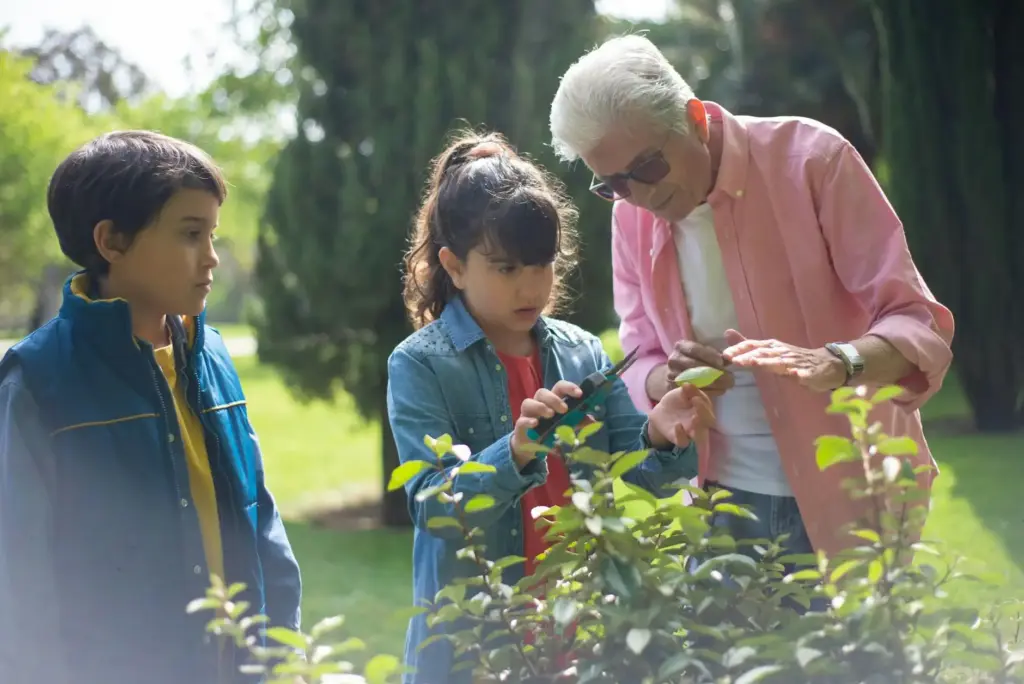
You can turn your garden into a lively classroom where kids get hands-on experience with local insects and birds. Encouraging safe observation and creating a welcoming environment for pollinators makes the natural world accessible and exciting.
Observing Insects and Bugs Safely
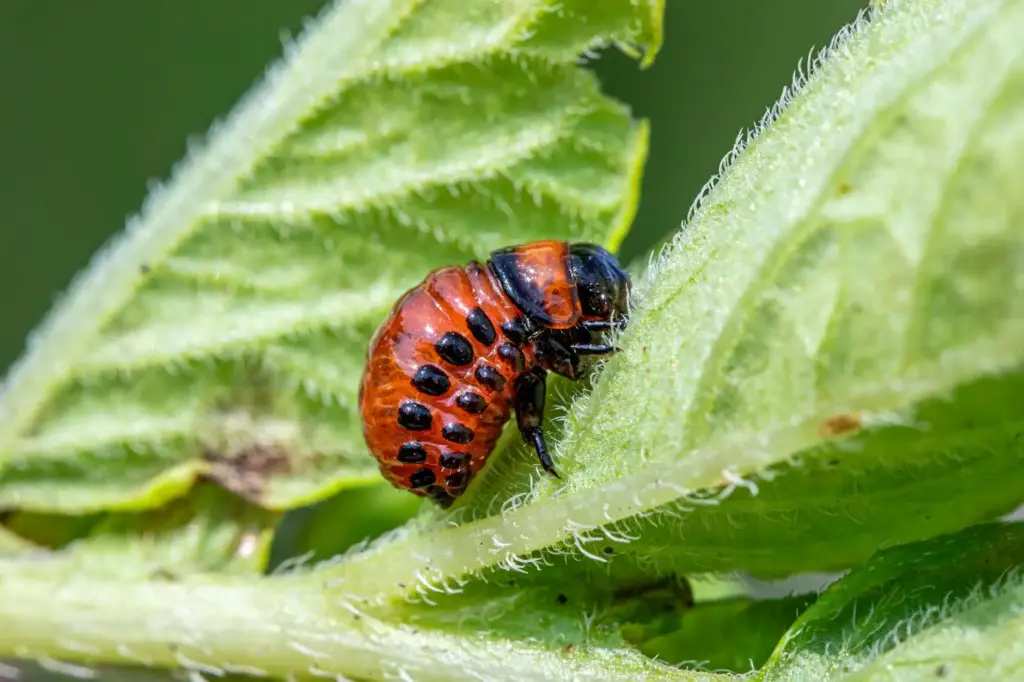
Help kids learn to observe insects like ladybugs, butterflies, and beetles without disturbing them. Use a magnifying glass or build a small terrarium to watch these creatures closely while keeping them safe. Teach children to avoid touching insects that might sting or bite, such as wasps or spiders.
Create a simple checklist with pictures of common bugs to increase engagement and make identification easier. Remind kids to be gentle and respect the insects’ role in the ecosystem. This hands-on approach encourages curiosity and care for small garden visitors.
Attracting Birds and Pollinators
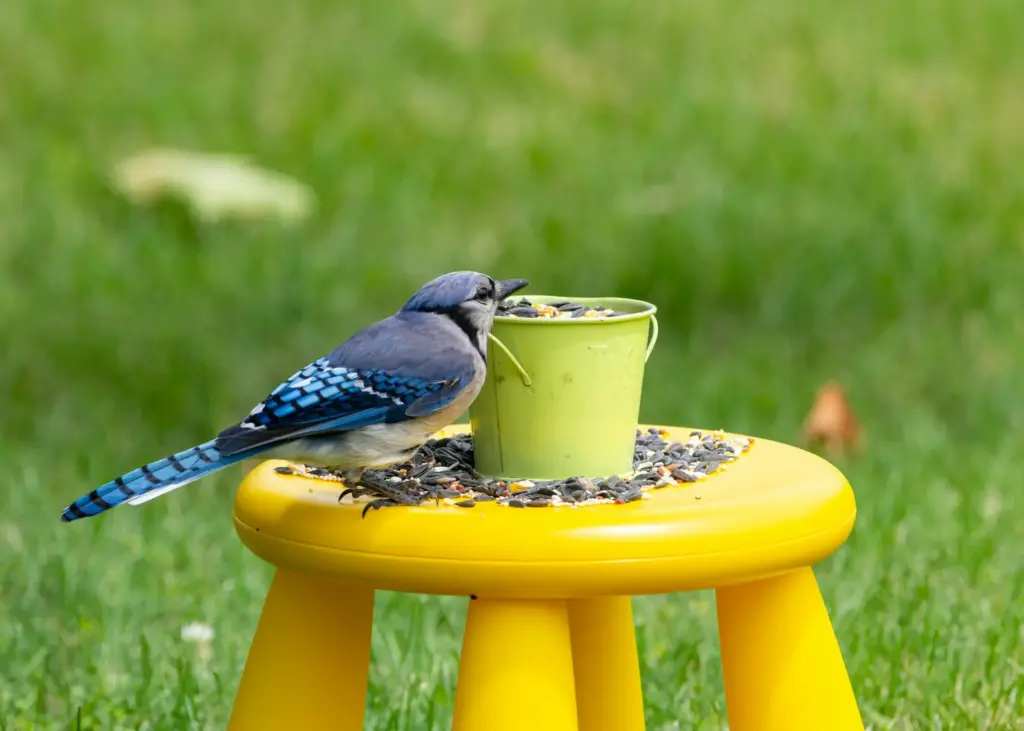
Invite birds and pollinators like bees and butterflies by adding features like bird feeders, baths, and native wildflowers. Planting flowers rich in nectar such as lavender, coneflowers, and sunflowers helps attract these important creatures.
Set up nesting boxes or a bird table to give birds a place to rest and feed. Including a shallow water dish ensures they have water for drinking and bathing. Watching these visitors supports learning about pollination and bird behavior, creating joyful garden moments for you and your kids.
Sharing and Celebrating Garden Successes

Making gardening rewarding helps keep kids excited and proud. You can strengthen their connection to the garden by sharing the fruits of their labor in fun and memorable ways. Simple celebrations and creative activities turn small achievements into lasting joy.
Harvesting and Tasting Homegrown Produce
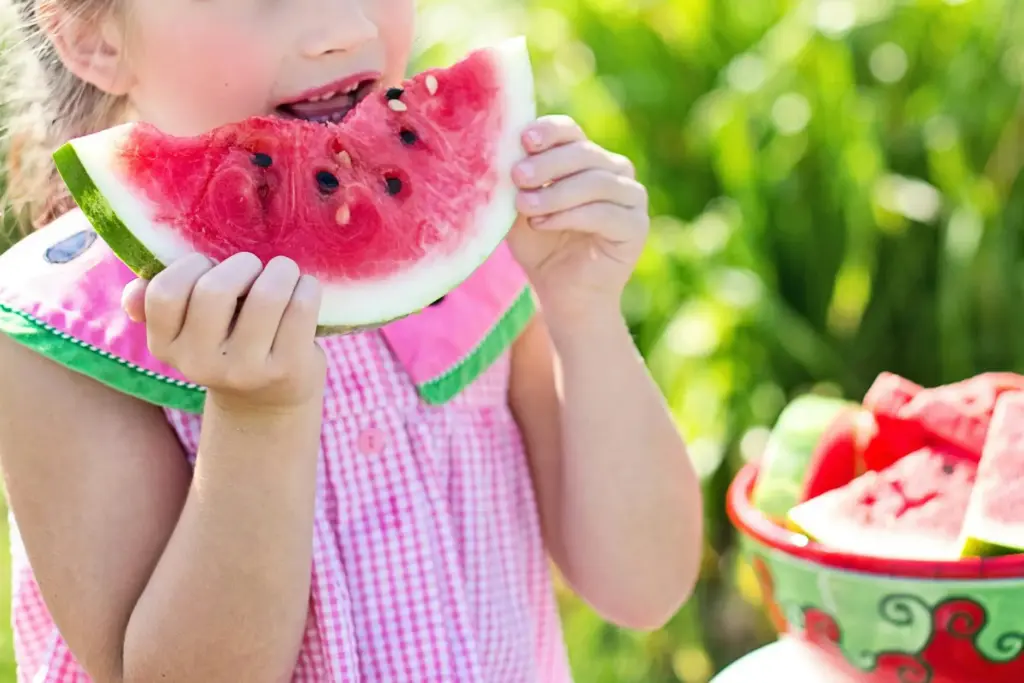
Let kids pick fruits and veggies when they’re ripe. This hands-on moment is exciting and shows the results of their care. Encourage them to notice colors, textures, and smells as they gather their harvest.
Offer tasting sessions where everyone tries the fresh garden produce. You can compare flavors from different plants or varieties. If you grow something new, it’s a great chance to explore new tastes together.
Try to schedule harvest times when kids are hungry and ready to eat fresh snacks right from the garden. This immediate reward reinforces the value of gardening.
Creating Garden-to-Table Recipes
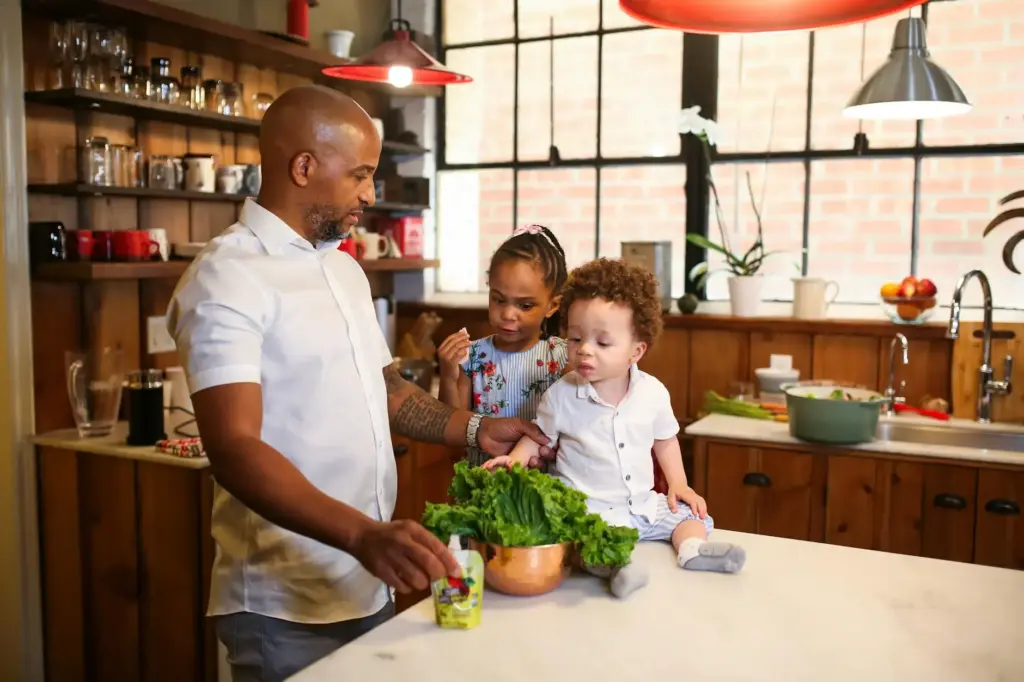
Involve kids in simple cooking using the ingredients they helped grow. Recipes like salads, smoothies, or roasted veggies allow children to see the full process from soil to plate.
Give kids choices about what to make based on what the garden produces. Let them wash, chop, and mix ingredients with safe tools. This boosts their confidence and interest in healthy eating.
You can even create themed meal days around your garden harvest. For example, a “Tomato Day” where kids experiment with tomato dishes encourages creativity and ownership.
Documenting Progress With Pictures or Journals

Help kids keep a garden journal where they can draw pictures or write about what they see. This helps them track growth and notice changes over time.
Taking photos is another great way to preserve memories. You can create albums or digital slideshows, highlighting different stages, like planting, flowering, and harvesting.
Use simple prompts like “What did you discover today?” or “How does this plant feel?” to encourage thoughtful reflection. This documentation helps kids appreciate their hard work and the garden’s development visually and verbally.

